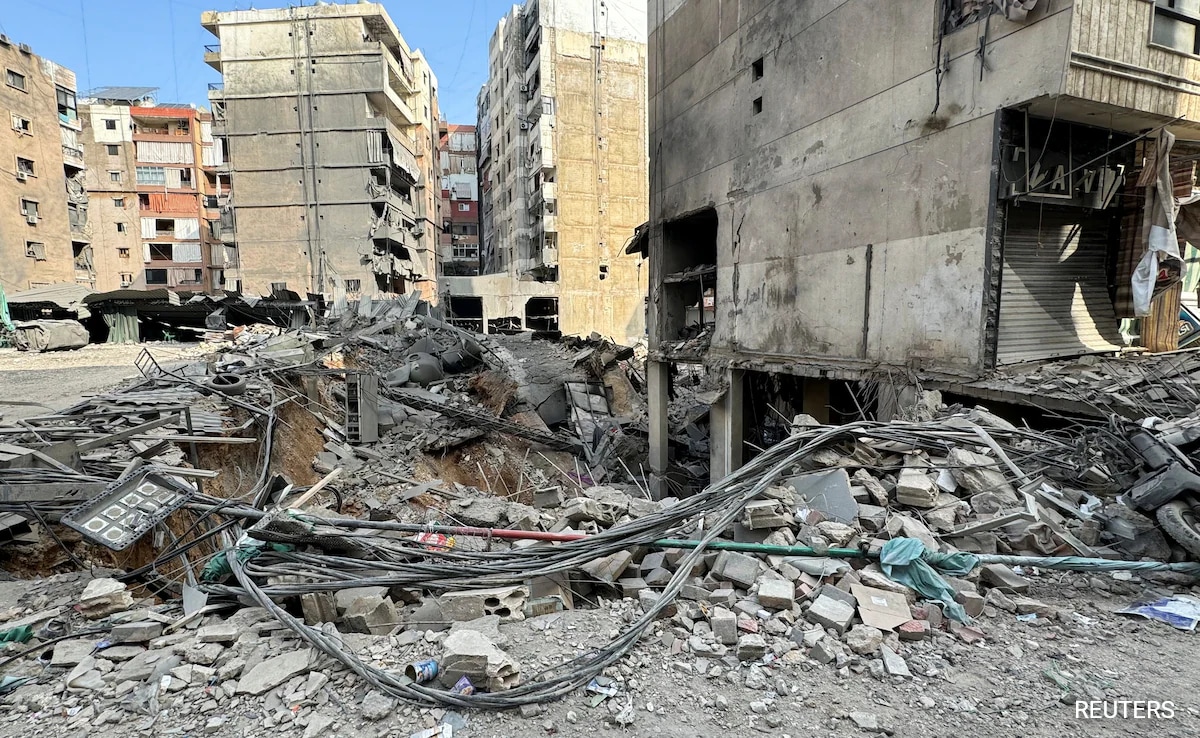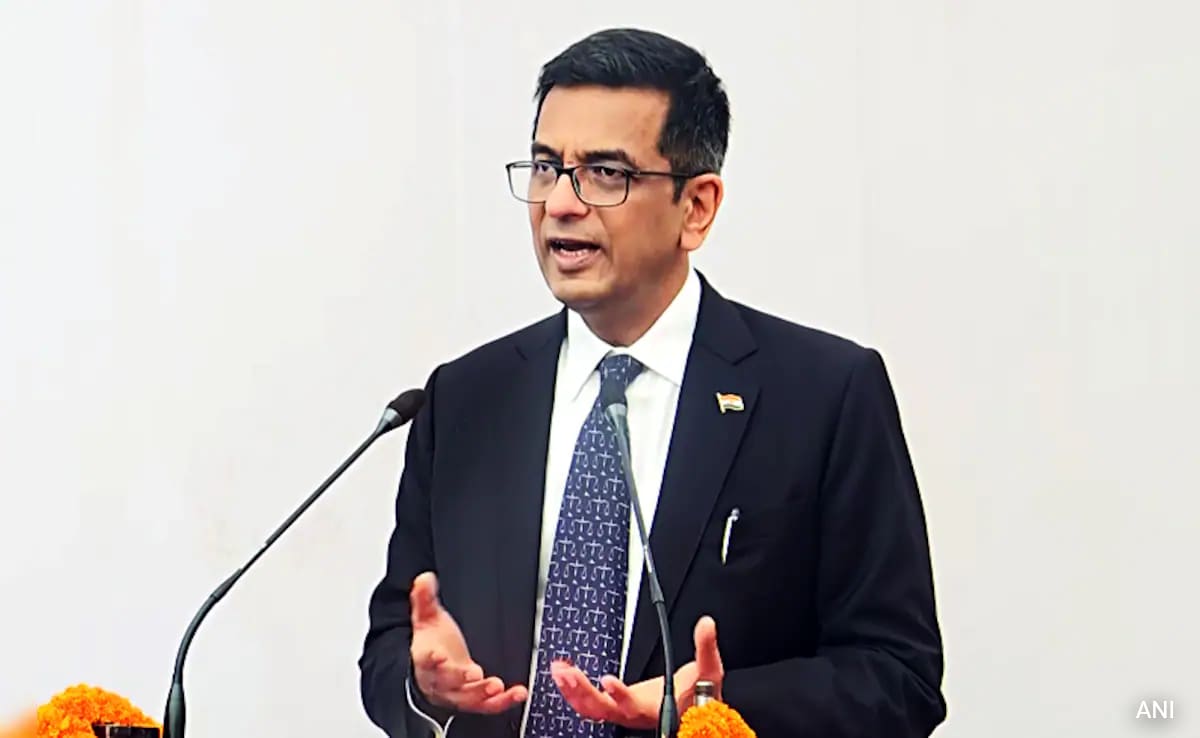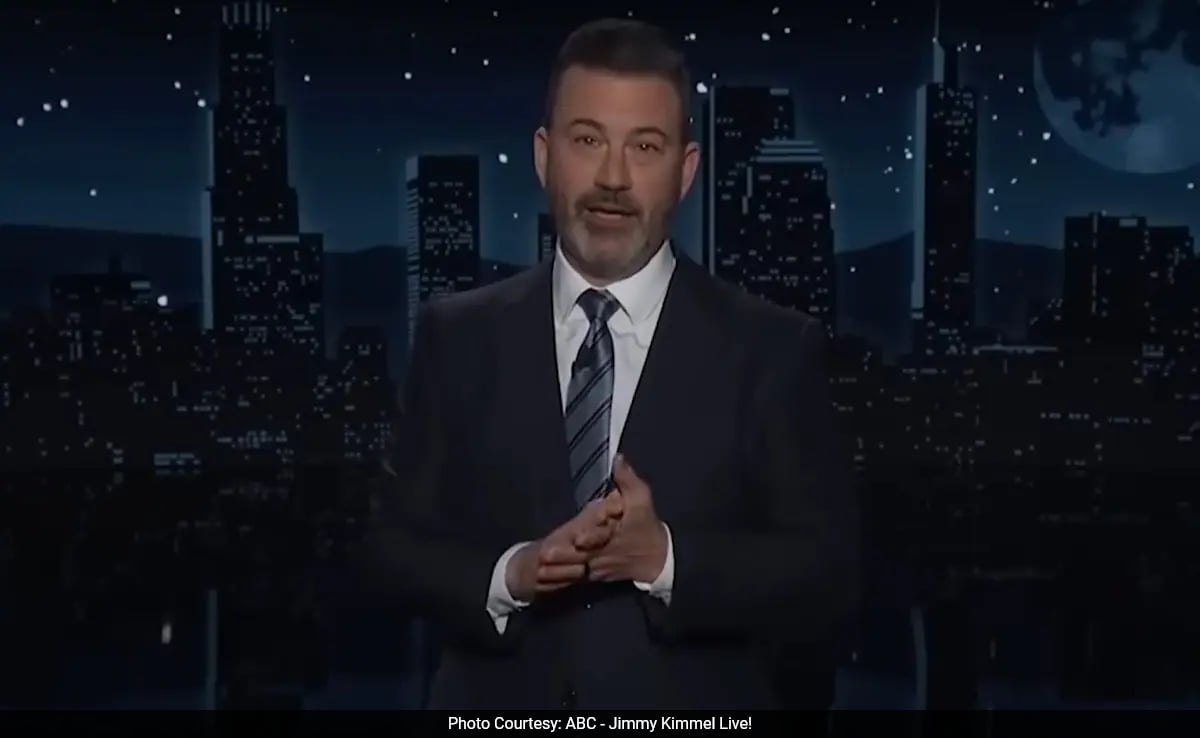Just a month ago, south Beirut’s bustling streets were packed with traffic, families strolling about and youths in cafes, but now silence dominates the abandoned Hezbollah bastion, interrupted only by the sound of Israeli bombs.
Escalating Israeli attacks since late September, after nearly a year of low-intensity cross-border exchanges, have reduced much of the Lebanese capital’s once densely-packed southern suburbs to rubble and sent many of its residents fleeing.
Braving the smell of rotting flesh that reeks from razed buildings, a few young men stood guard, dressed in black civilian clothes and occasionally driving around the ruins on their motorbikes.
They observed the odd car and the handful of displaced residents who come on foot, hastily checking on their apartment or collecting some belongings before heading back to safety.
“The young people told me not to stay too long because drones were constantly flying over and could strike at any time,” said 32-year-old Mohammed, on a brief visit home to get more clothes.
Giving his first name only for security concerns, he said he first left on September 27, days into Israel’s intense air campaign on Lebanon.
That day, massive Israeli strikes killed Hezbollah’s elusive leader Hassan Nasrallah in the heart of the Iran-backed group’s south Beirut stronghold, toppling several apartment buildings and spreading fear of even greater violence.
“We left in a hurry and thought we would never see our house again,” said Mohammed, adding that his neighbours had also fled.
The building was still standing, but many others have been damaged or destroyed.
Attacks on infrastructure
Cracks snaked down nearby buildings as torn-off asphalt and burst pipes leaked sewage and tap water.
Generators that long made up for daily power cuts after five years of economic crisis had also been blown to bits.
“About 320 buildings were destroyed in Beirut and its suburbs” in less than a month of war, Mona Fawaz of the Beirut Urban Lab told AFP.
The devastation has surpassed the damage caused by Israel’s last war with Hezbollah in 2006, said Fawaz, who records cases of “urbicide”, the destruction of cities in conflict, focusing now on Lebanon and the Gaza Strip.
She accused Israel of “deliberate targeting of what allows life to continue,” including vital infrastructure unrelated to Hezbollah.
Hezbollah had completely rebuilt Beirut’s south based on the existing urban plans from before the 2006 war, which had displaced about 100,000 people from the area.
During that 33-day war, “surveys list 1,332 severely damaged multi-storey apartment buildings, of which 281 were completely razed to the ground” in an area of about 20 square kilometres (eight square miles), said Fawaz.
The Burj al-Barajneh neighbourhood, unscathed in 2006, has been heavily damaged in the bombardment this time around.
Childhood memories
Once again, families from south Beirut are forced to seek refuge elsewhere in the country or abroad.
Many live in rented apartments or with relatives, while others are crammed in schools-turned-shelters.
Hassan, 37, grew up in the Mraijeh district of Beirut’s south, where Israeli jets targeted Hashem Safieddine, widely seen as Nasrallah’s most likely successor.
Despite the bloodshed, he said Mraijeh will always remind him of his “friends, the games we used to play as children, the smell of freshly-baked bread in the morning, neighbours chatting and Ramadan festivities”.
The supermarket he used to shop at is in ruins, with nearby shops, schools and buildings also reduced to rubble.
Hassan, who also asked to be identified by first name only, was told his favourite record store was no more.
As the war shows no signs of abating, greater losses are all but certain.
“We are afraid to return after the war only to discover how many of our friends have died, like in 2006,” said Hassan with a sigh.














